
Aperture: f/5.6
Shutter Speed: 0.5 sec
ISO: 100
Camera Mode: Aperture Priority

Aperture: f/5.6
Shutter Speed: 0.5 sec
ISO: 100
Camera Mode: Aperture Priority
Bad Photo:
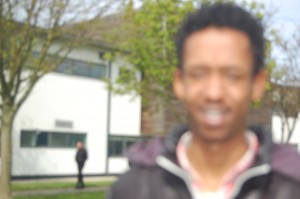 Photo from Elie Yav.
Photo from Elie Yav.
This photo has bad composition because the depth of field is not focusing on anything and the subject is clearly posing for the photo and isn’t really capturing a genuine moment.
Good Photo:
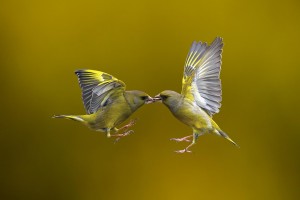 Photo from Marco Redaelli
Photo from Marco Redaelli
This is a good photo because the depth of field is fully focused on the subjects (the birds) and not the background, the photo seems to be taken from very close for more detail, it is very simple because there is only the two birds and a blurred background, it is also symmetrical because the subjects are placed evenly and the birds are obviously not posing and are captured during a genuine moment.
Intellectual Assets In Canada: Patents give the right to not allow others from making, using or selling an invention. Industrial designs are the visual features of a shape, configuration, pattern or ornament that are on a finished product. A trademark can be a word or combinations of words, sounds or designs that help distinguish goods or services that are owned by someone or a company on the marketplace. A copyright is the right to produce or reproduce a work or part of it. Trade secrets are any valuable business information that takes its value from the secrecy.
Public Domain Resources:
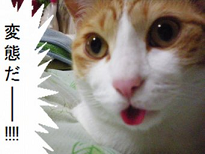
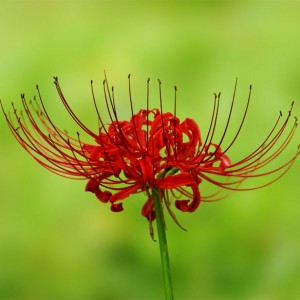
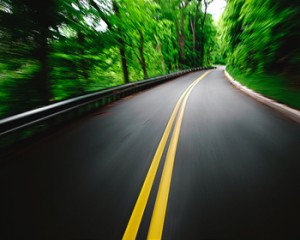
Creative Commons: ![]() An Attribution (by) licence requires the person who is using your work to give you credit the way that you want them to, but in a way that doesn’t suggest that you endorse them.
An Attribution (by) licence requires the person who is using your work to give you credit the way that you want them to, but in a way that doesn’t suggest that you endorse them. ![]() A ShareAlike (sa) licence is when you allow others to copy, distribute, display, perform, and modify your work; as long as they do those things under the same terms.
A ShareAlike (sa) licence is when you allow others to copy, distribute, display, perform, and modify your work; as long as they do those things under the same terms. ![]() A NonCommercial (nc) is when you allow others to copy, distribute, display, perform, and modify your work for anything but commercial-use.
A NonCommercial (nc) is when you allow others to copy, distribute, display, perform, and modify your work for anything but commercial-use. ![]() A NoDerivatives (nd) is when you allow others to copy, distribute, display and perform only original copies of your work.
A NoDerivatives (nd) is when you allow others to copy, distribute, display and perform only original copies of your work.
The three settings that determine camera exposure are: Shutter speed, aperture and ISO speed.
Shutter speed is the amount of time that light is allowed to enter the camera lens. Aperture controls the area that light can pass through the camera lens. ISO speed is how sensitive the camera will be to light that will be entering.
As an image; the motion of an object (or objects) will either appear blurry or frozen depending on the shutter speed, the image will have a shallow depth of field or large depth of field depending on the aperture and the brightness of the photo depends on the ISO speed.